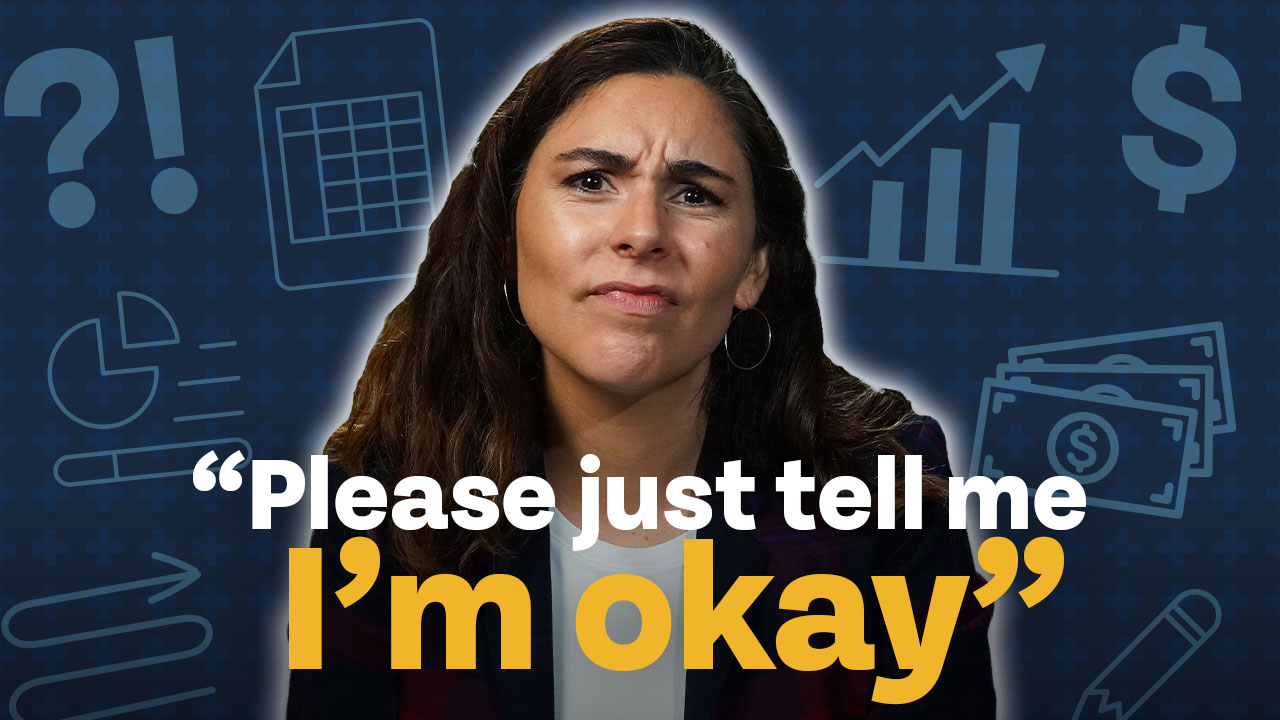
Have you already prioritized having an emergency fund, setting up automatic retirement contributions, and repaying consumer debt? You’re in great shape, but you might be wondering how to prioritize your “next level” financial goals — the ones that aren’t as simple as setting up a monthly transfer to your savings.
It’s important to think ahead when it comes to your financial situation, but it can also be overwhelming. You might have three or more large financial goals you want to work toward at any given time. Maybe you want to save for retirement, pay off your mortgage, and save for your children’s education. How in the world are you supposed to prioritize these goals when they’re all important?
While picking and choosing from your list of goals sounds impossible, it’s a must if you want to gain clarity and focus. Let’s review a few techniques you can use to prioritize your next level financial goals.
Have a Vision Plan
You can start with one of our favorite things: creating a vision plan. What does this mean? Simply taking a long-term view of what you want your future to look like, and figuring out how to get there.
Let’s go back to those three goals we mentioned before. You want to max out your 401(k) each year until you retire while paying down your mortgage and saving for college. Putting $18,000 of your paycheck toward your 401(k) might seem daunting alongside those other goals.
You need to decide which one is the most important to you. Maxing out your 401(k) ensures you financial security in retirement. Paying off your mortgage gives you more breathing room in your budget, and allows you to save more for retirement when it’s paid off. Many parents are adamant about helping their children afford college.
Is it worth delaying your retirement savings to pay off your mortgage or save for college? Or would you rather be confident in your ability to retire? As a general rule of thumb, you need to prioritize your retirement ahead of college savings because you can’t borrow for retirement. And mathematically, prioritizing retirement over paying down your mortgage likely makes the most sense if you evaluate the rates of return on each.
But ultimately, there’s no right or wrong answer for you here. Everyone has different priorities, and no one will take the same exact path even if they want the same end result. If you’re married, talk your goals over with your spouse and figure out which one makes you the happiest to work toward.
Remember, money is a tool to get you where you want to go. If you’re not headed in a good direction, change that. And if you need help, don’t hesitate to reach out to the right people who can put these financial issues into perspective.
Formulate Action Steps
Once you know which goal you want to target, it’s time to formulate a plan on how to reach it. You can’t just say, “I’m going to max out my 401(k) starting today!” You need a solid plan.
Why? For starters, it will take $1,500 per month to max out your 401(k). You need to figure out if that number is plausible for you. Take a look at your spending plan and see how much money you have leftover every month. If you can manage that $1,500, go ahead and increase your automatic contributions.
If $1,500 is a bit more than you can spare right now, go through your spending and see if there’s any room for adjustments. If you’re serious about prioritizing this goal, you need to get serious about optimizing your spending to align with it. We know, you’re most likely a fan of frugality if you’re reading this, and may not be able to cut back — spending less is only one part of the equation.
You may need to focus on increasing your earnings. This is all going to be part of your step-by-step plan to reach your goal. If you need an extra $300 per month, try and work enough overtime to get it, or start a side gig for a couple hours a month to earn it. Experiment and try different ways of earning.
Lastly, include your “why” in your plan of attack. This is your main reason for prioritizing the goal you chose. Perhaps you want to max out your 401(k) because you want to retire early, or because you want to ensure you can afford the retirement you’ve always dreamed of. This “why” needs to be strong enough to carry you through any rough patches you’ll hit along your journey.
Write Down Your Plan of Attack
Envisioning what you want your future to look like is a good start, but you need to have something more concrete to start taking action. After you’ve figured out what goals you want to work on, and in what order, it’s time to figure out how you’ll reach them.
Writing down your plan of attack makes things much more real. When dealing with bigger financial goals, such as saving for retirement and paying down large amounts of debt, you need a map to reference. It’s not enough to say, “I want to max out my 401(k) for the next 10 years until I retire.” You need to jot down the steps you’re going to take to get there.
You can do this with SMART goals, or you can create a list of steps you’re going to take. Use the method that works best for you. Here’s an example to work off of:
Maxing Out 401(k) Each Year
-
- Need to put $1,500 per month in retirement account, but can only afford to put $1,050 toward the goal right now. Need to make up for the other $350.
- Cut back on gas by $50 per month, restaurant spending by $20 per month, and entertainment by $80 per month for a total savings of $150.
- Need to earn an extra $350 per month:
- Work an additional 5 hours per week for overtime
- Start consulting in an area of expertise and charge $50 per hour
- Find a freelance writing gig for $50 per post and write 7 posts per month
Why: Want to be able to have a secure retirement so my children don’t have to worry about me
Understand Your Priorities with High Level Financial Goals
Prioritizing your financial goals involves more than just choosing what you’d like to accomplish in the next 5, 10, or 15 years. Figuring out how to prioritize your goals and actually achieving them is the other half of the battle.
That’s why it’s so important to have a good handle on your finances before trying to reach for “next-level” goals. Knowing how to adjust your expenses and look for additional earning opportunities will help accelerate your progress. It also makes it easier to adapt in case you change your mind along the way.
Having professional help when planning for retirement can help, too. A trusted fee-only financial advisor can help you formulate a plan that aligns with your values and goals in case you get stuck with the “how” part of your plan. Don’t be afraid to reach out!
If you enjoyed this post, you’ll love free access to more content from The Money Guys. Check out our free resources here!














